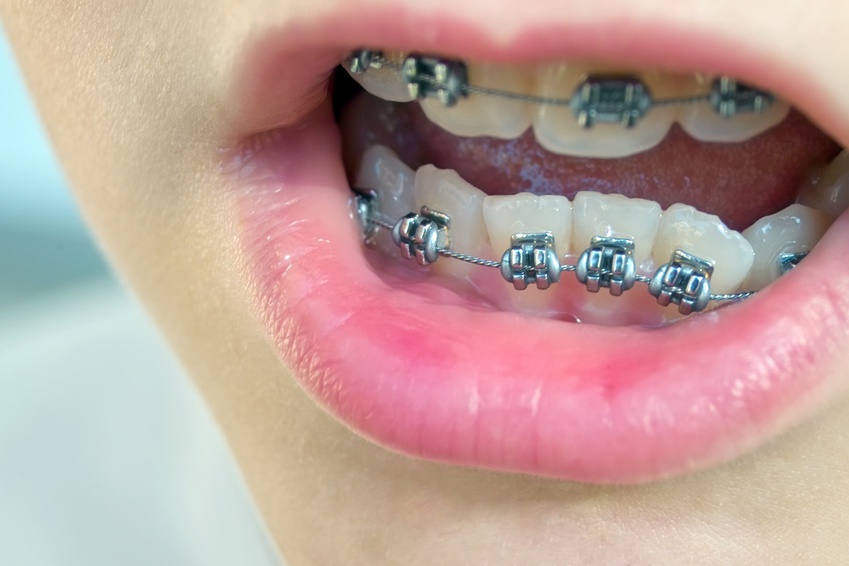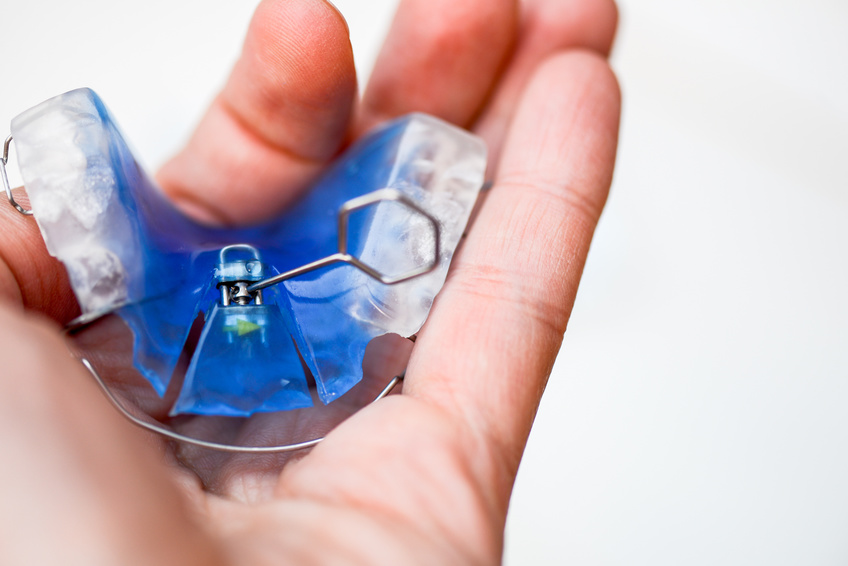Fixed device or loose device? Learn more about orthodontic treatment options here.
The essentials in summary:
- Removable braces make dental care easier, but they can move teeth significantly less.
- Fixed braces are attached with brackets and are mainly used on permanent teeth. They work more effectively, but may also be associated with more side effects.
- It is also important to consider whether a correction is even necessary. The crucial question is whether there are health risks without treatment.
What do removable appliances do?
Removable Device are made individually based on a printout. The brackets and correction elements are attached to a plastic base and secured to the teeth when inserted. This makes it more difficult to speak, but it can clean your teeth better than with braces.
Removable Fasteners must be checked and adjusted regularly. This can also be done at home with a small wrench. If the appliance does not fit properly, causes pain, or is damaged, contact your orthodontist. The strap (technically also active disk called) must be cleaned every day with a toothbrush and toothpaste or with cleaning tablets.
As removable appliances have significantly less traction force, treatment takes longer. Critics complain that they produce only poor results or no results at all.
How do fixed appliances work?

The central element of fixed appliances are the so-called Brackets. They are small metal, ceramic or plastic plates that are glued to the teeth with plastic adhesive. Additionally, steel metal rings, called bands, are attached to the teeth with cement.
The archwires are attached to the brackets and bands, which provide the traction needed to move the teeth. Steel wires and nickel-titanium wires are often used. Steel wires are stiffer, but are not disadvantageous. Which wires are used depends on the purpose. This does not change the duration of treatment.
possible side effects: Sensitivity or pain, especially at the beginning, pressure points on the oral mucosa, increased risk of tooth decay. Moving teeth also changes the bite and contact with opposing teeth. It is important to have above-average oral hygiene.
Typically, fixed braces are placed on the outer surface of the teeth. So they are visible. Although they are invisible on the inside of the teeth, they require more effort, more money and take longer to get used to because the tongue bumps against them when speaking.
Who decides the selection?
There is no binding regulation regarding when a fixed or loose brace should be used. Important aspects for the decision are the type and severity of the tooth position and mandibular anomaly, age and number of permanent teeth present, but also the patient’s willingness to cooperate and oral hygiene.
Fixed braces are mainly used for correction in permanent dentition, for example in case of severe crowding, when teeth need to be rotated or moved long distances.
Removable appliances may be recommended, for example, to widen dental arches, correct large gaps between front teeth or advance the lower jaw using growth. There is no scientifically proven guideline on this.
Are you having trouble deciding whether fixed or loose braces make more sense? That Patient information The German Society for Dental, Oral and Maxillofacial Medicine will help you with this.


